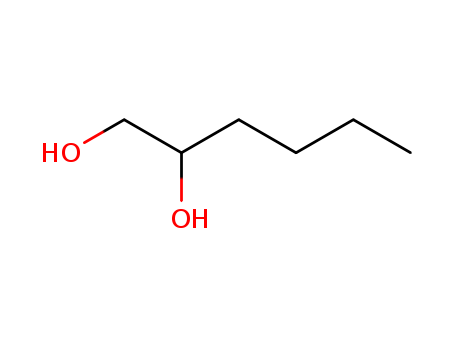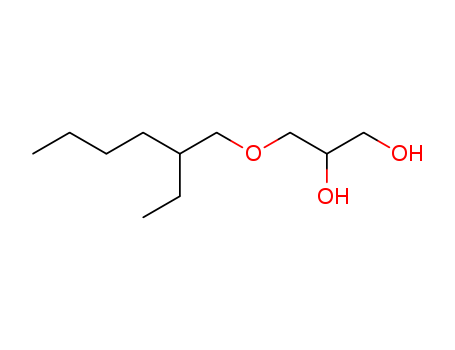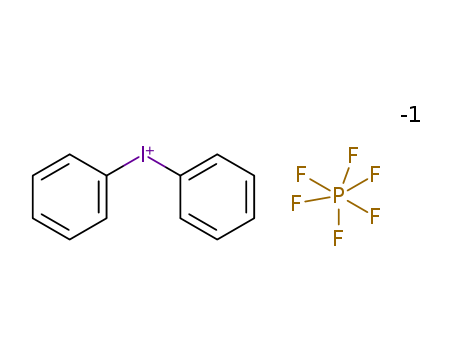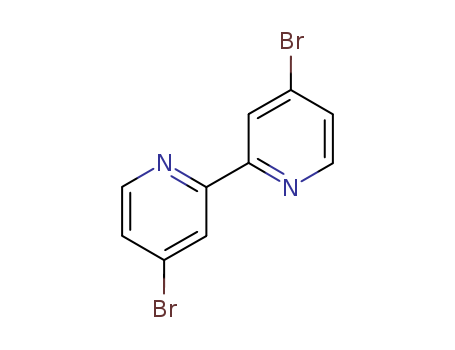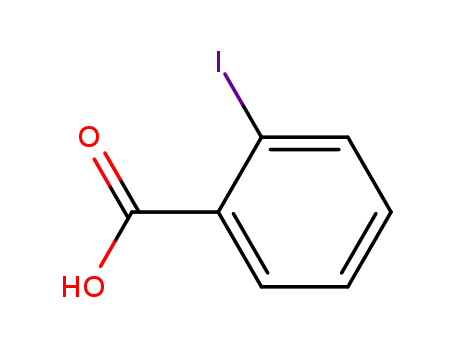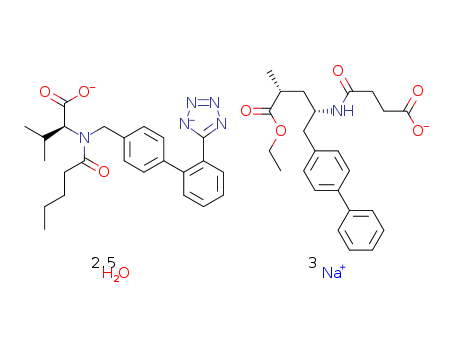FDCA CAS NO.3238-40-2
- FOB Price: USD: /Kilogram Get Latest Price
- Min.Order: 1 Kilogram
- Payment Terms: L/C,D/A,D/P,T/T,
- Available Specifications:
99%(1-10)Kilogram99%(10-100)Kilogram99%(100-1000)Kilogram99.5%(1-10)Kilogram99.5%(10-100)Kilogram99.5%(100-1000)Kilogram
- Product Details
Keywords
- 3238-40-2
- 2,5-Furandicarboxylic acid
- FDCA
Quick Details
- ProName: FDCA
- CasNo: 3238-40-2
- Molecular Formula: C6H4O5
- Appearance: Ultra-white powder
- Application: FDCA (CAS: 3238-40-2) has a large pote...
- DeliveryTime: Depends on quantity. We usually have k...
- PackAge: Per request
- Port: Shanghai
- ProductionCapacity: 500 Kilogram/Month
- Purity: 98%min; 99%min(HPLC)
- Storage: Under room temperature for short time ...
- Transportation: By express, air or ship
- LimitNum: 1 Kilogram
- Moisture Content: 1% max
- Impurity: 1% max
- Grade: Industrial Grade
- Grade: Industrial Grade, Food Grade, Pharma G...
- Ash: 0.2%
Superiority
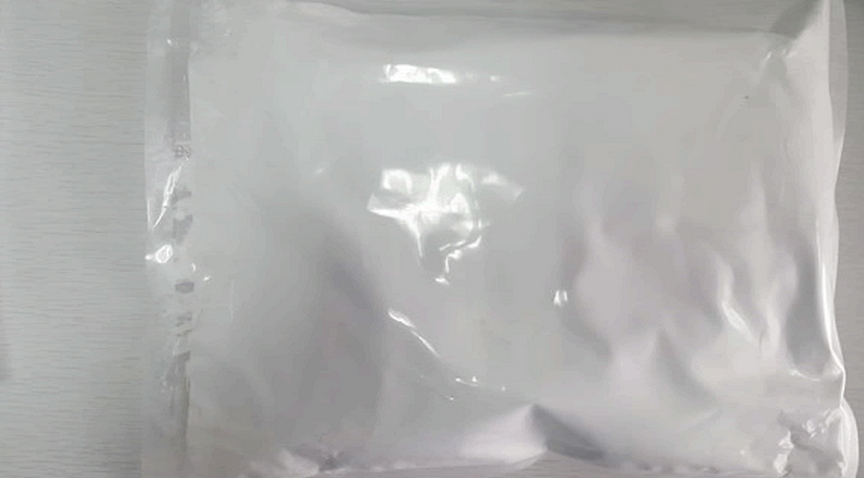
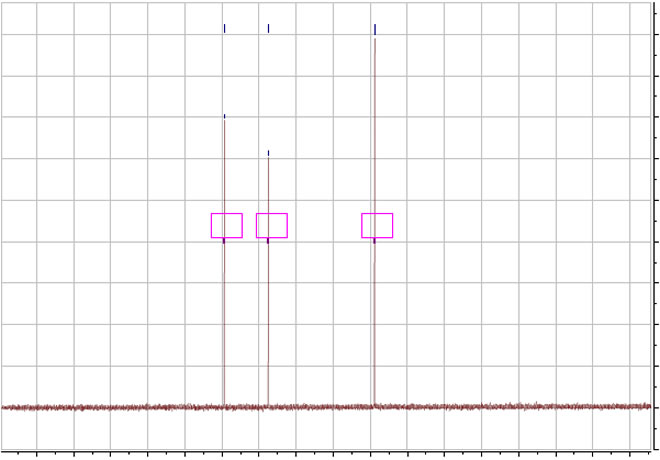
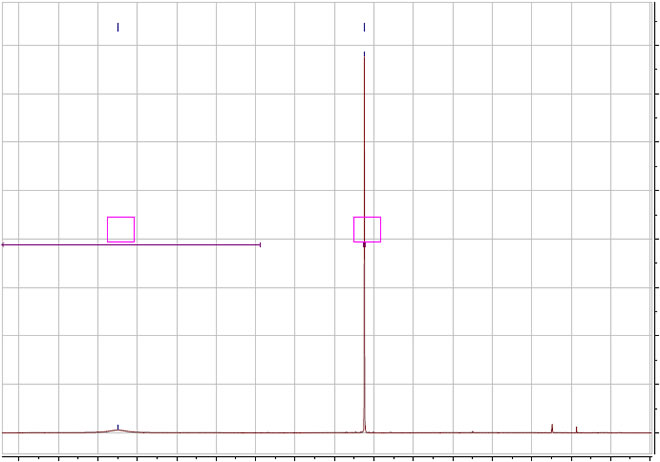
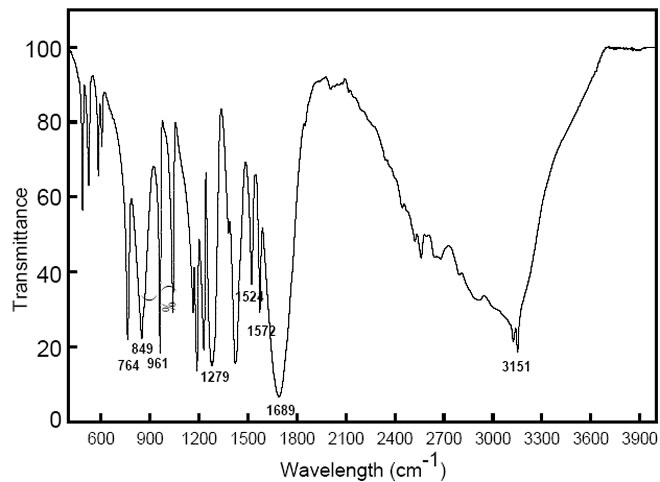
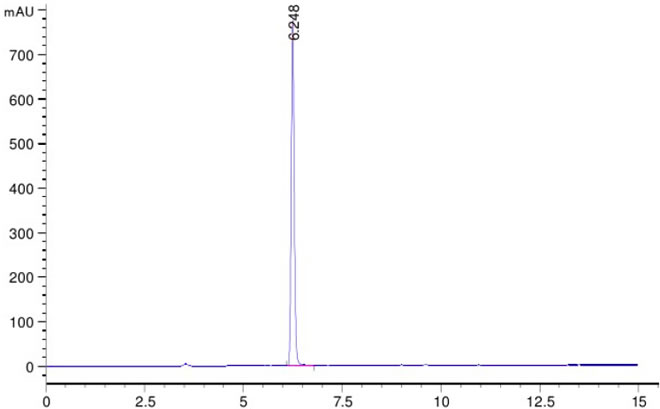
Properties of FDCA
| Appearance | Ultra-white powder |
| Density | 1.604 g/ml |
| Melting Point | 300 °C min |
| Flash Point | 207.324 °C |
| Boiling Point | 419.199 °C at 760 mmHg |
Description of FDCA
| Purity | 98%, 99%min(HPLC) |
| Identification Method | HNMR, CNMR, IR, HPLC |
| Water | 1% max |
| Storage | Under room temperature for short and -20°C for long time storage |
Details
Properties of FDCA
| Appearance | Ultra-white powder |
| Density | 1.604 g/ml |
| Melting Point | 300 °C min |
| Flash Point | 207.324 °C |
| Boiling Point | 419.199 °C at 760 mmHg |
Description of FDCA
| Purity | 98%, 99%min(HPLC) |
| Identification Method | HNMR, CNMR, IR, HPLC |
| Water | 1% max |
| Storage | Under room temperature for short and -20°C for long time storage |
| Symbol |
|
| Signal Word | Warning |
| Hazard Statements | H315-H319-H335 |
| Precautionary Statements | P261-P305 + P351 + P338 |
| Hazard Codes (Europe) | Xi |
| Risk Statements (Europe) | 36/37/38 |
| Safety Statements (Europe) | 26-36/37 |
| WGK Germany | 3 |




